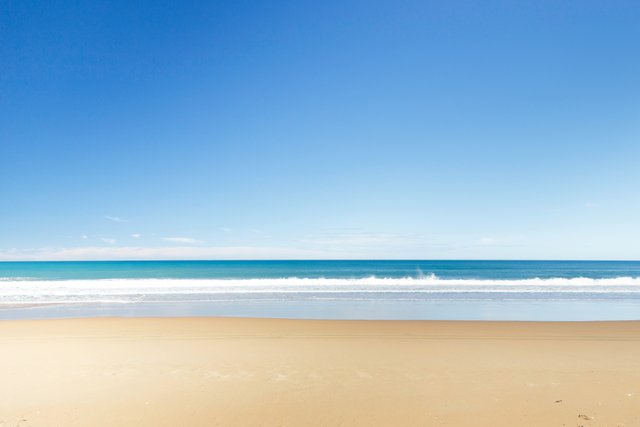Diversity of beach sand

Beach sand is always interesting because it has several colors to different textures. In addition, beach sand is quite unique because it is near the sea and corals. Beach sand comes from various places, and is formed when rocks or other hard materials are broken by waves and weathered for thousands or even millions of years. Rocks also take time to decompose, especially quartz (silica) and feldspar. Interestingly, there are also beaches with white sand that do not come from quartz or rocks, but from parrot fish droppings. These fish bite and scrape algae from dead rocks and corals. Beach sand can also come from rock material that continues to collapse, which is carried thousands of miles from the ocean, slowly down the river. Once this material reaches the sea, they are further eroded by the constant action of waves and tides.
White sand beaches are considered more common and widely found. But besides that, there are beaches with pink sand like Pink or black sand. While for beaches with brown colors are known to come from iron oxidation. This process makes quartz rocks change color to light brown, while feldspar rocks turn browner than the original. Another thing with Bermuda Beach is dominated by pink. The color of the beach sand is the result of repeated decay of organisms called foraminifera.
Upvoted! Thank you for supporting witness @jswit.